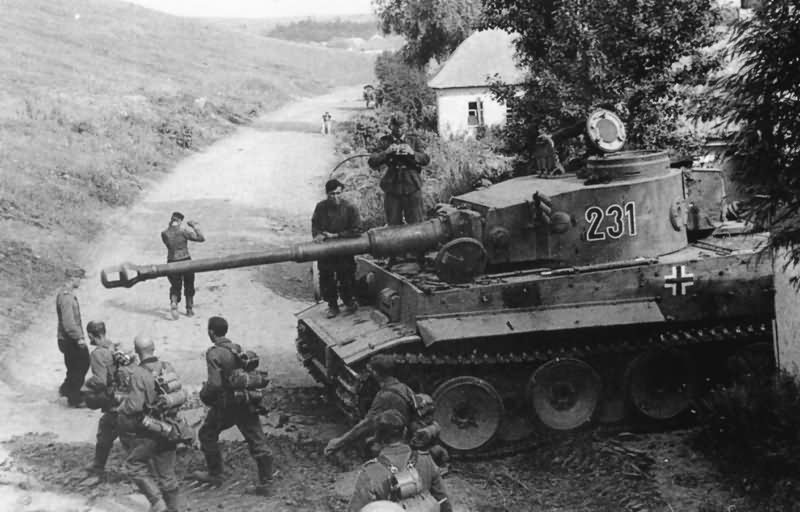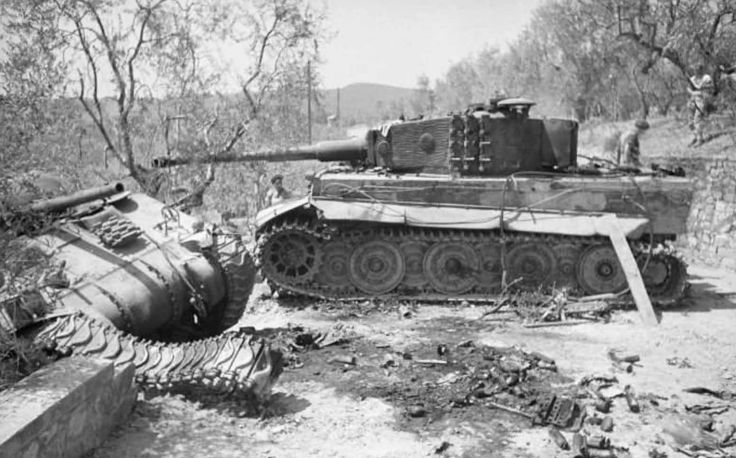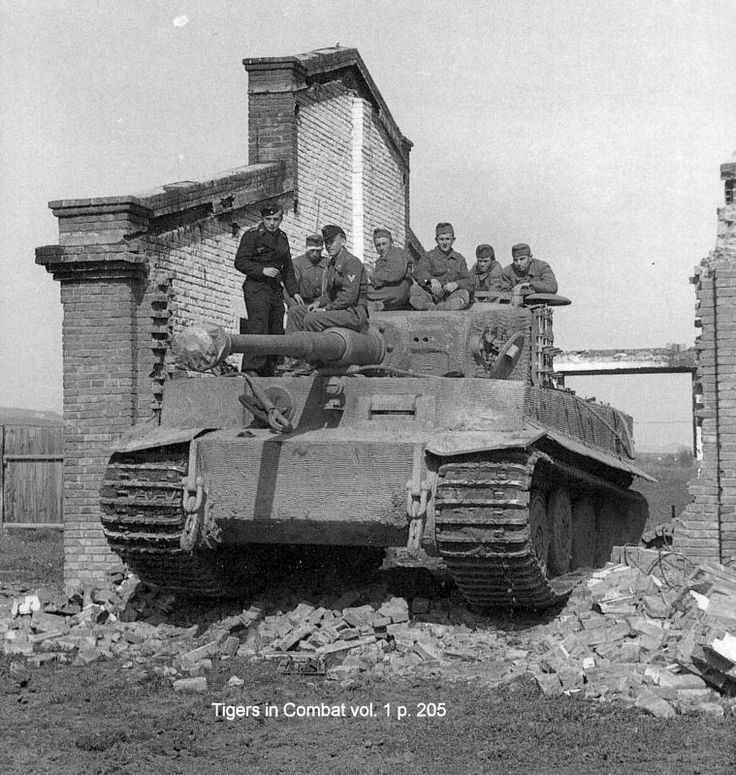
“To a New Yorker like you, a hero is a weird type of sandwich, not some nut who takes on three Tigers.” The line is from the 1970 Second World War comedy Kelly’s Heroes: Donald Sutherland’s early-hippie tank commander Oddball had grave misgivings about pitting his American Sherman against a trio of feared German Tiger tanks.
Whenever Hollywood shifts its attention to Second World War tank combat, the German Panzerkampfwagen VI, aka the Tiger, inevitably lumbers into view, more often than not pitted against the thinly-armoured though heroically-crewed Sherman tanks that were a mainstay of the American, British and Canadian armies. It’s a classic David and Goliath match-up, but with armour-piercing shells in place of rocks and foreheads.

“The fact of the matter is American soldiers hardly ever met a Tiger,” says Zaloga, “They tended to identify any German tank they met as a Tiger simply on the basis of reputation alone.” His own research reveals just three incidents during 1944 and 1945 when U.S. tankers came face-to-face with a Tiger, including once when a group of the fearsome tanks was lamely strapped to a railway flatcar and destroyed without much effort.
The Tiger was notoriously expensive and time-consuming to build, gobbling up resources the German war economy could ill afford. And it was a mechanical nightmare. Due to their intricate design and size, early models of the Tiger and Panther, another German tank with an out sized reputation, had low reliability rates. Combining cost factors with usability rates, it would’ve been possible for Hitler’s Germany to field six garden-variety tanks for every one Tiger. “The Germans’ tank designs were always on the bleeding edge,” says Zaloga. “But they were too expensive, too complex and there was never enough spare parts.”
In the right conditions, of course, the Tiger was a formidable presence. Unlike American GIs who claimed to see Tigers behind every hedgerow in Normandy, Canadian and British tankers regularly squared up with them in the campaigns following D-Day. In one famous encounter in June 1944, a Tiger commanded by Capt. Michael Wittman laid waste to two dozen British tanks and other armoured vehicles in a single afternoon at Villers-Bocage.

“One shot from a Tiger could disable a Sherman, while a single Sherman had very little chance of destroying a Tiger,” says Terry Copp, professor emeritus of history at Wilfrid Laurier University and former director of the Laurier Centre for Military, Strategic and Disarmament Studies. “So the Canadians learned to use their armour in different ways.” The main tactic being to rely on volume and maneuverability
According to Copp, it wasn’t unusual for a Canadian tank crew to have a Sherman shot out from under them, make their way back to friendly territory, hop in a new tank and return to the battlefield. The Elgin Regiment of St. Thomas, Ont. served as Canada’s tank delivery service during the war, its only job being to drive fresh Shermans to the front.
By April 1945 — when Fury takes place — Zaloga calculates the American army had 11,000 Shermans at their disposal, and the British and Canadians another three or four thousand. The German army facing them had perhaps one hundred working tanks.
“The Sherman was a purely mediocre design,” he says. “Sure the Germans had better tanks, but who triumphs in the end?”
www.warhistory.com

Δεν υπάρχουν σχόλια:
Δημοσίευση σχολίου